Home > > 2023 Global Photovoltaic Market Update
2023 Global Photovoltaic Market Update
 5/9/2023 12:57:57 PM
5/9/2023 12:57:57 PM FNEPower
FNEPower 2753
2753
In 2022, due to the high energy prices caused by the Ukrainian Russian War, the importance of renewable energy in various countries has significantly increased, leading to the vigorous development of the photovoltaic market. In 2022, the global demand for components reached as high as 280GW, showing an astonishing growth rate of 56.5% compared to 2021. In 2023, with the continuous promotion of energy transformation in various countries, InfoLink predicts that global demand will grow by 21.6% to 338GW.
The global market growth rate in 2023 will be lower than last year. In addition to a relatively high base period, the reason why the global photovoltaic market can achieve unexpected growth in 2022 is largely due to the significant stimulation of renewable energy demand caused by the Ukrainian Russian war and soaring energy prices. If there were no similar sudden major shocks this year, it would be difficult to achieve the same level of growth as last year; Looking closely at the markets of various countries, it can be observed that many countries with larger market sizes are facing policy difficulties this year, such as the Xinjiang Act in the United States and the BCD tariff in India, which have led to poor import conditions, and the introduction of grid usage fees in Brazil for small distributed projects. Policy changes have made it difficult for the global photovoltaic market growth in 2023 to maintain last year's growth rate. Overall, even if the growth rate declines compared to last year, it is still expected that the overall market demand will grow by about 60GW in 2023. If countries can break through policy restrictions, there will be opportunities for further growth in demand. Optimistically, it is expected that global demand will have the opportunity to grow to 398GW. Compared to the growth on the demand side, the overall expansion of supply chain capacity is relatively significant. In 2022, there was a serious shortage of silicon materials, with a total production capacity of only 294GW at the beginning of the year. Compared to the demand of 280GW, there was a severe shortage of silicon materials, which also caused the overall supply chain price to be at a high level last year; However, by the fourth quarter of 2022, the large-scale expansion plans of silicon material manufacturers were gradually implemented, and the production capacity exceeded 500GW by the end of 2022. The increase in silicon material production also significantly loosened the overall supply chain prices at the end of last year. The prices of silicon materials and silicon wafers both showed a much higher than expected decline, and component prices also fell from 0.265USD/W (2 RMB/W) in early November 2022 to 0.235USD/W (1.8 RMB/W) in mid January 2023.
According to the current production expansion plan, the overall supply chain will be in the situation of overcapacity in 2023, and the total capacity of each link will exceed 800GW by the end of 2023, of which the capacity of first-line manufacturers alone will be enough to meet the demand. The improvement of concentration ratio may lead to the difficulty of second - and third line manufacturers to maintain market share in the slack season, and the competition between manufacturers will become increasingly fierce. Moreover, the vertical integration layout of leading enterprises The overseas expansion plan will also significantly affect the competitive landscape. While expanding the production of silicon materials to components in large quantities, it is also important to note that the supply of auxiliary materials such as quartz crucibles used in the long crystal process and POE adhesive films for double-sided components may not be able to keep up with such a large-scale increase in production during the peak demand season, resulting in temporary shortages.
Subdivide the changes in demand in each quarter, and Europe and China in the first quarter were both traditional off-season. Especially at the end of last year, the European market's purchasing power significantly weakened due to inventory accumulation, and its impact may continue until the beginning of this year; India, which was previously affected by the local fiscal year and had a large amount of purchases at the beginning of the year, also experienced a rapid market contraction due to BCD tariffs, resulting in a relatively cold global market in the first quarter; 2、 Starting from the third quarter, with the continuous decline in supply chain prices, it is expected that demand will gradually rebound. By the end of the year, China will once again experience a large-scale grid connection wave due to the decline in component prices, driving demand to its peak in the fourth quarter.
The global market growth rate in 2023 will be lower than last year. In addition to a relatively high base period, the reason why the global photovoltaic market can achieve unexpected growth in 2022 is largely due to the significant stimulation of renewable energy demand caused by the Ukrainian Russian war and soaring energy prices. If there were no similar sudden major shocks this year, it would be difficult to achieve the same level of growth as last year; Looking closely at the markets of various countries, it can be observed that many countries with larger market sizes are facing policy difficulties this year, such as the Xinjiang Act in the United States and the BCD tariff in India, which have led to poor import conditions, and the introduction of grid usage fees in Brazil for small distributed projects. Policy changes have made it difficult for the global photovoltaic market growth in 2023 to maintain last year's growth rate. Overall, even if the growth rate declines compared to last year, it is still expected that the overall market demand will grow by about 60GW in 2023. If countries can break through policy restrictions, there will be opportunities for further growth in demand. Optimistically, it is expected that global demand will have the opportunity to grow to 398GW. Compared to the growth on the demand side, the overall expansion of supply chain capacity is relatively significant. In 2022, there was a serious shortage of silicon materials, with a total production capacity of only 294GW at the beginning of the year. Compared to the demand of 280GW, there was a severe shortage of silicon materials, which also caused the overall supply chain price to be at a high level last year; However, by the fourth quarter of 2022, the large-scale expansion plans of silicon material manufacturers were gradually implemented, and the production capacity exceeded 500GW by the end of 2022. The increase in silicon material production also significantly loosened the overall supply chain prices at the end of last year. The prices of silicon materials and silicon wafers both showed a much higher than expected decline, and component prices also fell from 0.265USD/W (2 RMB/W) in early November 2022 to 0.235USD/W (1.8 RMB/W) in mid January 2023.
According to the current production expansion plan, the overall supply chain will be in the situation of overcapacity in 2023, and the total capacity of each link will exceed 800GW by the end of 2023, of which the capacity of first-line manufacturers alone will be enough to meet the demand. The improvement of concentration ratio may lead to the difficulty of second - and third line manufacturers to maintain market share in the slack season, and the competition between manufacturers will become increasingly fierce. Moreover, the vertical integration layout of leading enterprises The overseas expansion plan will also significantly affect the competitive landscape. While expanding the production of silicon materials to components in large quantities, it is also important to note that the supply of auxiliary materials such as quartz crucibles used in the long crystal process and POE adhesive films for double-sided components may not be able to keep up with such a large-scale increase in production during the peak demand season, resulting in temporary shortages.
Subdivide the changes in demand in each quarter, and Europe and China in the first quarter were both traditional off-season. Especially at the end of last year, the European market's purchasing power significantly weakened due to inventory accumulation, and its impact may continue until the beginning of this year; India, which was previously affected by the local fiscal year and had a large amount of purchases at the beginning of the year, also experienced a rapid market contraction due to BCD tariffs, resulting in a relatively cold global market in the first quarter; 2、 Starting from the third quarter, with the continuous decline in supply chain prices, it is expected that demand will gradually rebound. By the end of the year, China will once again experience a large-scale grid connection wave due to the decline in component prices, driving demand to its peak in the fourth quarter.
热点新闻









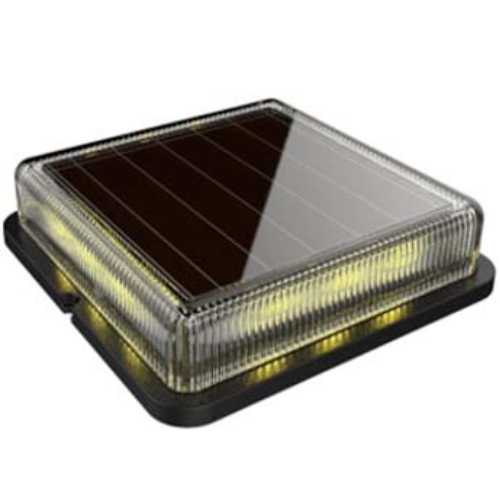

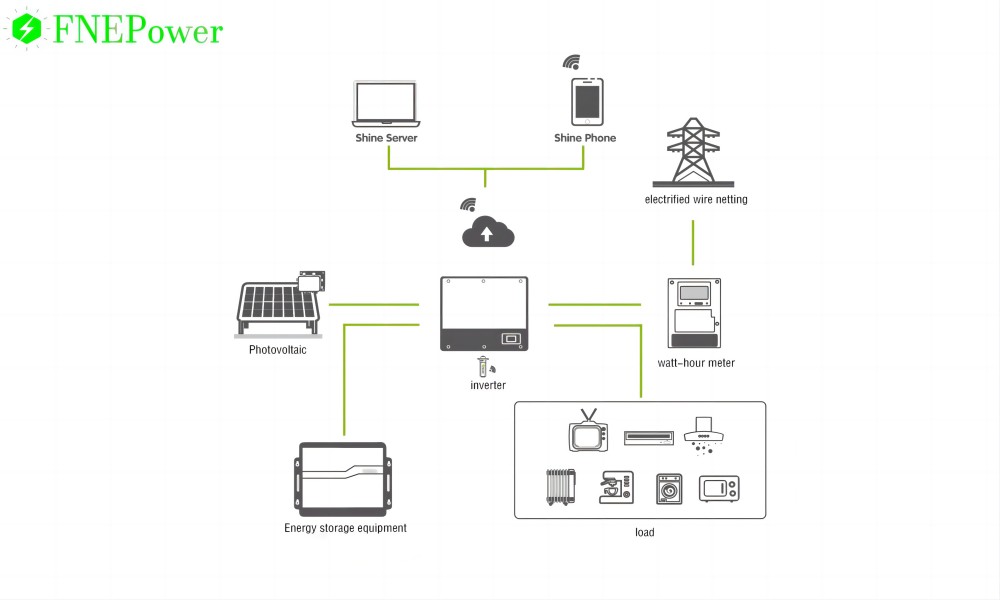





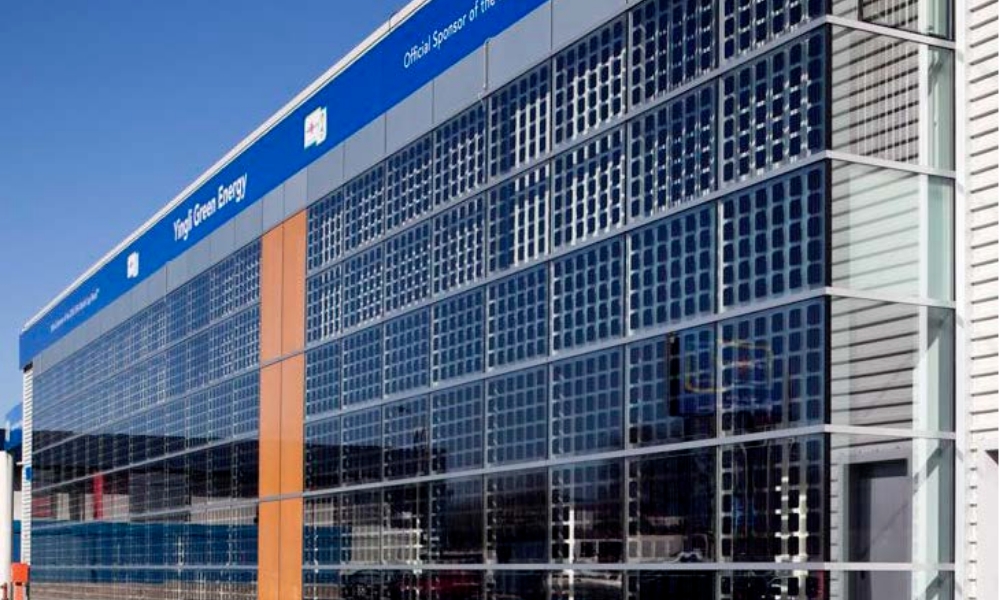
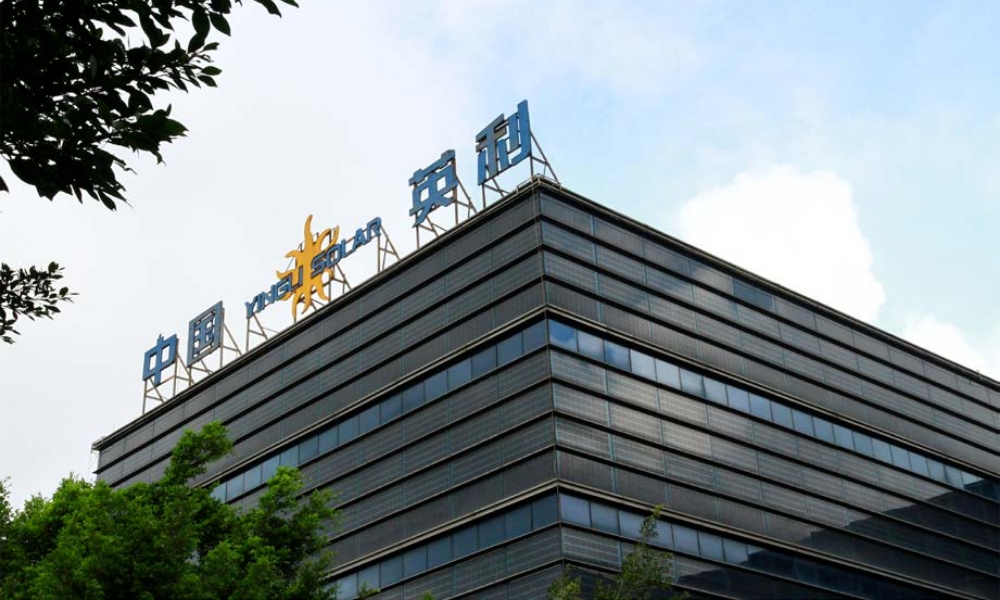
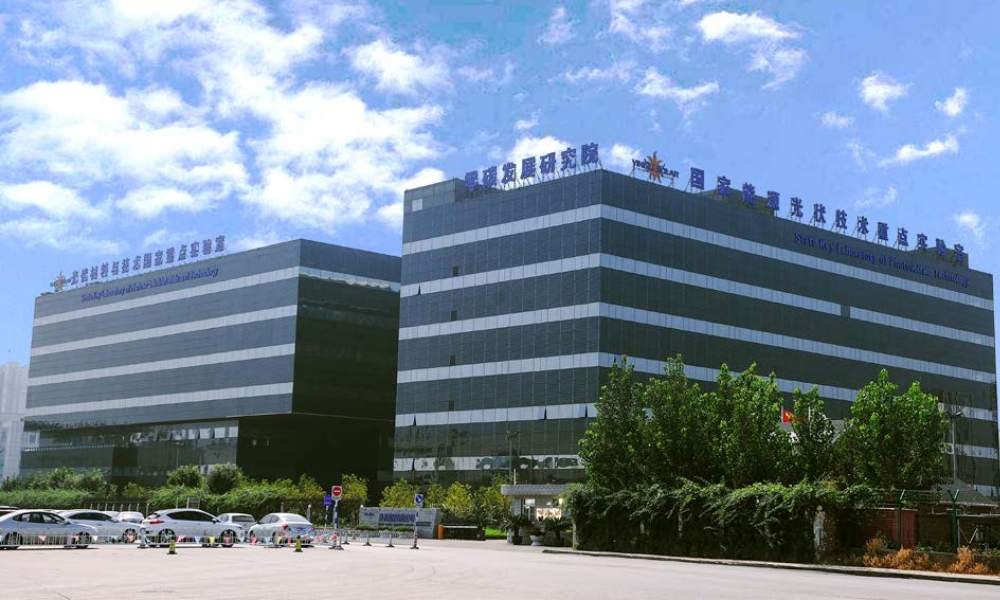
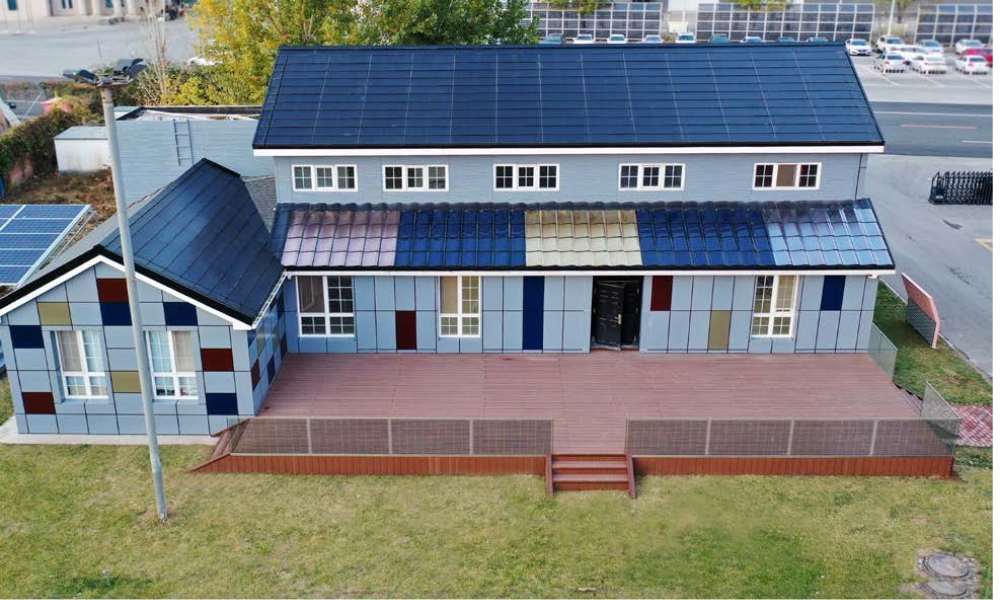
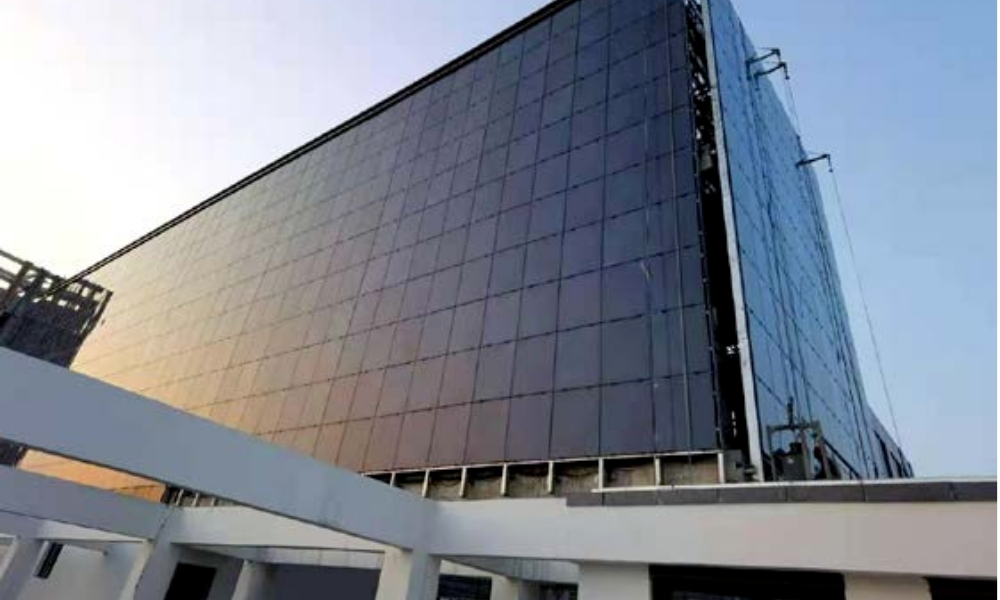





 返回列表
返回列表





